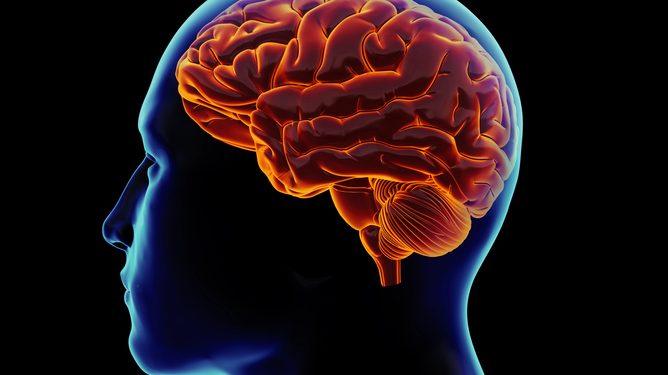London: Inhibiting the function of a gene may lead to the death of the most prevalent and lethal type of brain tumour in adults, according to a study.
With no curative treatment currently available, glioblastomas cannot be surgically completely excised, as the tumour cells are adept at invading tissues and spreading around the brain. These cells are also extremely resistant to existing drug therapies, said researchers from the University of Helsinki in Finland.
For a long time, researchers have been looking for weaknesses in glioblastoma cells which could be targeted with efficacious therapies. They have already earlier found that the expression of a small fatty acid-binding protein (MDGI, or FABP3) in glioblastoma cells increases their ability to invade tissues and is linked with a poorer prognosis for the patient.
“Our new research revealed that glioblastoma cells depend on the expression of a gene which produces the MDGI protein,” said Professor Pirjo Laakkonen from the University of Helsinki. “Inhibiting the function of this gene results in the death of the tumour cells,” he added.
The absence of MDGI caused instability in the membranes of lysosomes, cleaning organelles found inside tumour cells, which, in turn, resulted in the leakage of acidic and proteolytic enzymes contained in the lysosomes into the cytoplasm, initiating cell death.
Further investigations of the mechanism leading to cell death revealed that silencing MDGI caused changes in the phospholipid composition of the lysosomes in glioblastoma cells.
“Our research demonstrates that MDGI is a key factor regulating and maintaining the structure of the lysosomal membrane. This is the first gene found to regulate the stability of the membrane,” Laakkonen informed.
What makes this finding particularly interesting is that cell death caused by leakage in the lysosomes of glioblastoma cells can be activated by using drugs that cross the blood-brain barrier.
In their studies, Laakkonen’s group used an antihistamine known as clemastine. In cell cultures, clemastine resulted in lysosome-mediated death in glioblastoma cells already at concentrations which had no significant effect on healthy cells of different types.
In mouse models, clemastine was very effective in reducing the spread of brain tumours and improving the survival rate of the animals, researchers said.
“Our findings demonstrate that antihistamines and other drugs that increase the permeability of the lysosomal membrane can be considered as an enhancing therapy for patients with glioblastoma alongside established treatments,” Laakkonen said.






































